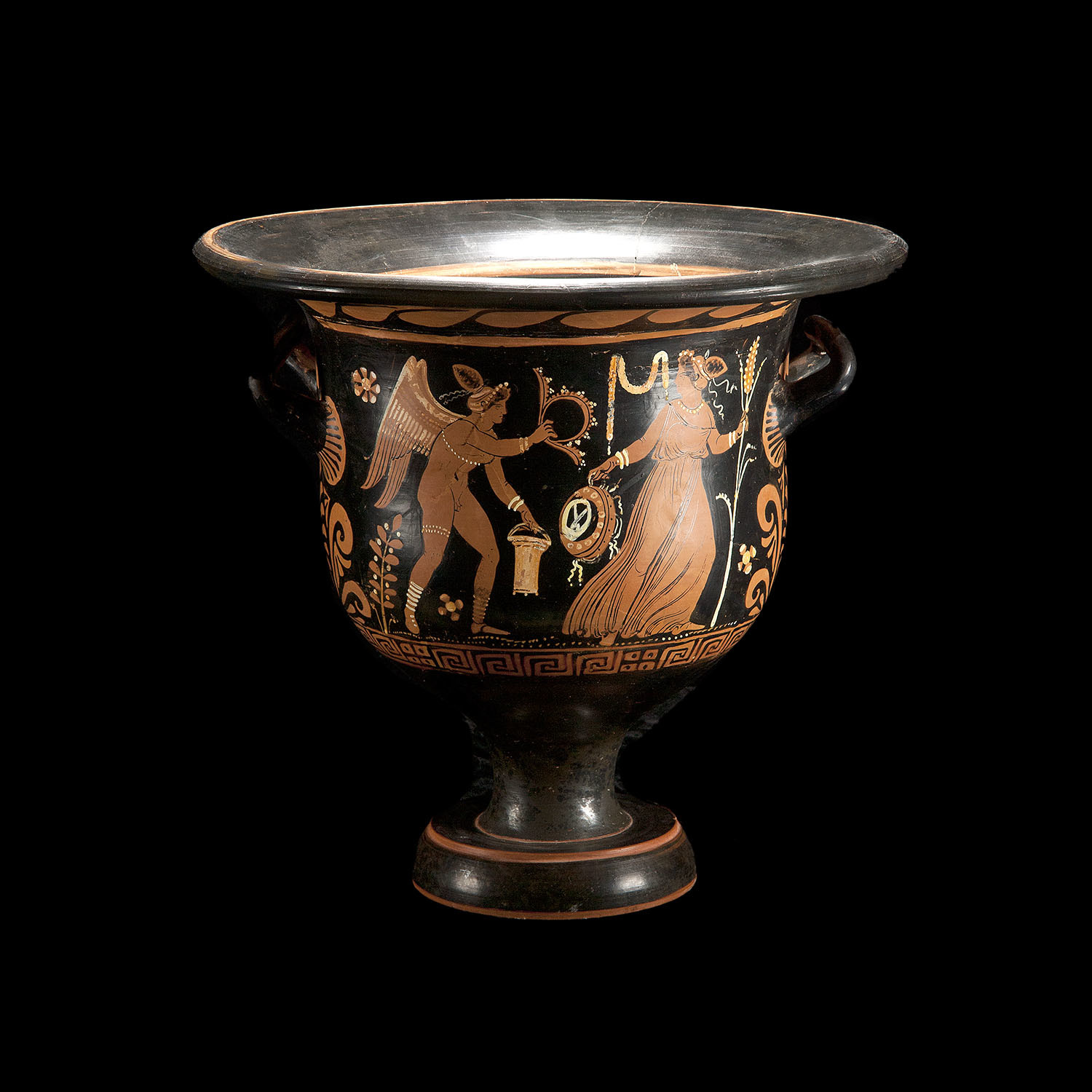30) Mesopotamian Religion
Religious practice and rituals
Later influence
The influence exerted by the Babylonian-Assyrian religion was particularly profound on the Semites, while the astral theology affected the ancient world in general, including the Greeks and
Romans.
Scholars can easily trace such sublime pagan deities as
Venus to
Ishtar,
Jupiter to
Marduk, etc. The Israelite and Jewish religion itself was strongly influenced by the remarkable civilization unfolded in the Euphrates valley. In many of the traditions embodied in the
Old Testament, traces of direct borrowing from Babylonia may be discerned: For example, the story of Noah's flood (
Epic of Gilgamesh) and the creation account of the early verses of Genesis (
Enuma Elish). Indirect influences have been noticed in the domain of the prophetical books and the
Psalms. The Babylonian influence on so-called "Wisdom Literature" has also been much discussed. During the
Babylonian Exile of the Jews, it would be to Marduk that
Cyrus the Great attributed his policy of allowing the Jewish and other captive priests to return to their capitals and refurbish the sacred temples of their formerly deposed deities.
Even in the
New Testament period, Babylonian-Assyrian influences may be present. In such a movements as early Christian
gnosticism, Babylonian elements—modified, to be sure, and transformed—are present. The growth of
apocalyptic literature, both Jewish and Christian seems to be influenced to some degree at least by the astral-theology of Babylonia and Assyria.
- The influence exerted by the Babylonian-Assyrian religion was particularly profound on the Semites, while the astral theology affected the ancient world in general, including the Greeks and
Romans!
- Even in the
New Testament period, Babylonian-Assyrian influences may be present. In such a movements as early Christian
gnosticism, Babylonian elements—modified, to be sure, and transformed—are present!




